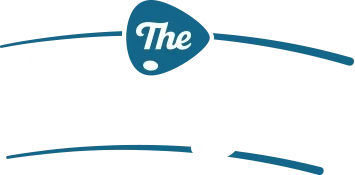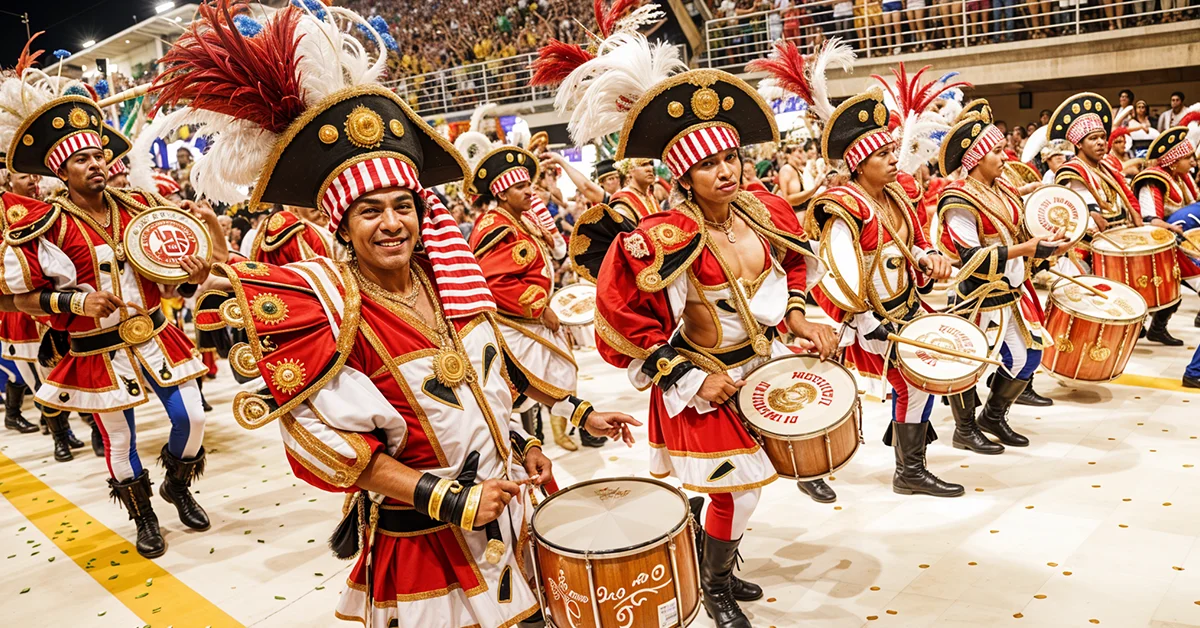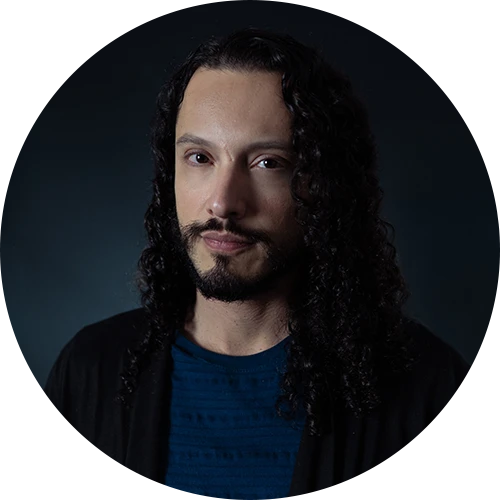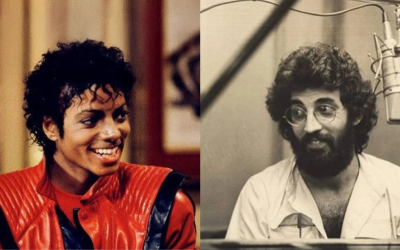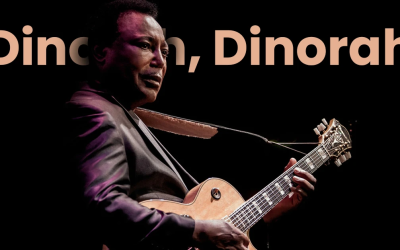The Thundering Heartbeat of Carnaval
When you witness the dazzling spectacle of Brazilian Carnaval, with its vibrant costumes, elaborate floats, and infectious energy, there’s one element that truly defines its pulse: the samba school bateria. This isn’t just a percussion section; it’s a living, breathing organism of up to 300 musicians, meticulously coordinated to produce a sound that can move an entire city.
As Alex Iervolino, a Brazilian guitarist and composer, highlights, these are musicians who practice until their hands bleed, dedicating months of their lives for a single, high-stakes performance. This article serves as your comprehensive samba school bateria guide, delving into the intricate world of these rhythmic powerhouses. We’ll explore the unique instruments, the specialized roles of the ritmistas (rhythm players), and the immense responsibility of the Mestre de Bateria (Percussion Master).
Understanding the bateria is to understand the very soul of the Carnaval parade – a testament to passion, precision, and an unwavering commitment to samba.
The Maestro of the Madness: The Mestre de Bateria
At the helm of this colossal rhythmic force is the Mestre de Bateria. Their role is akin to an orchestra conductor, but with a unique set of challenges. Imagine coordinating 300 individual ritmistas, each playing a different part, ensuring they move as one cohesive unit through the 500-meter long Sambodrome.
The Mestre is responsible for the bateria’s overall sound, dynamics, tempo, and the intricate paradinhas (breaks or rhythmic variations) that punctuate the samba-enredo. They use hand signals, whistles, and their own instrument – often a repique – to guide the massive ensemble through complex rhythmic passages.
The pressure on the Mestre de Bateria is immense. As the script reveals, while the school’s annual budget can exceed a million dollars, the Mestre might earn a modest salary, and the vast majority of ritmistas are unpaid volunteers. Yet, their leadership is paramount. A single misstep in coordination can cost the school crucial points in the carnaval competition, potentially jeopardizing an entire year’s work and the dreams of thousands.
Their expertise ensures the samba instruments are played in perfect harmony, guiding the entire parade through its emotional and rhythmic journey.
The Ritmistas: The Unsung Heroes of Rhythm
The ritmistas are the heart and soul of the bateria. These are the 300 dedicated individuals who commit countless hours to rehearsals, often paying for their own instruments, costumes, and transportation. Their motivation isn’t financial gain; it’s a profound love for samba, a deep sense of community, and the honor of representing their samba school.
Each ritmista specializes in a particular samba instrument, mastering its nuances and understanding its specific contribution to the collective sound. Their training goes beyond mere technical proficiency; it involves developing an acute sense of rhythm, endurance to play for over an hour without stopping, and the ability to perform complex choreographies while maintaining perfect timing.
This collective dedication is what transforms individual beats into the powerful, unified rhythm that defines the samba parade.
A Symphony of Percussion: Understanding the Instruments
The samba school bateria is a complex tapestry of percussion, divided into three main categories, each with distinct samba instruments that contribute to the overall sound:
- Marcação (Marking): The Foundation of the Beat
These instruments provide the fundamental pulse and tempo for the entire bateria. They are the backbone, ensuring everyone stays in sync.
Surdo de Primeira (First Surdo): The largest and deepest of the surdos, it dictates the main beat, often playing on the first beat of the measure. Its powerful, resonant sound is the anchor of the bateria.
Surdo de Segunda (Second Surdo): Slightly smaller than the first, this surdo plays in a dialogue with the surdo de primeira, often on the second beat, creating a call-and-response effect that drives the rhythm forward.
Surdo de Terceira (Third Surdo) / Cortador: The smallest of the surdos, this instrument is responsible for rhythmic variations, syncopations, and cuts, adding a layer of complexity and swing to the marcação. It often plays a more improvisational role.
2. Conduction and Sustaining Instruments: The Pulse and Flair
These instruments add texture, drive, and intricate rhythmic patterns that propel the samba forward.
Caixa de Guerra (War Snare Drum): Similar to a snare drum but often played with a unique technique (held at an angle, played with one stick on the head and the other on the rim), the caixa provides a continuous, driving snare roll that creates a dense rhythmic bed.
Repique: A high-pitched, metallic drum played with one stick and one hand, the repique is crucial for fills, calls, and leading the paradinhas. It’s a highly versatile instrument that adds excitement and rhythmic flourishes.
Tamborim: A small, handheld frame drum played with a flexible stick, the tamborim is responsible for marking specific parts of the samba-enredo’s lyrics and creating intricate, high-pitched rhythmic patterns that cut through the sound.
3. Acompanhamento (Accompaniment): The Color and Texture
These instruments add unique timbres, rhythmic embellishments, and a distinct Brazilian flavor to the bateria’s sound.
Cuíca: Known for its distinctive, vocal-like sound, the cuíca is a friction drum played by rubbing a stick attached to the inside of the drumhead. It adds a unique, almost human voice to the samba.
Reco-reco: A scraped percussion instrument, the reco-reco provides a sharp, percussive texture, often playing syncopated rhythms that interlock with other instruments.
Agogô: A set of two or more metal bells of different sizes, played with a stick, the agogô adds a bright, melodic, and often syncopated element to the bateria, contributing to the overall swing.
Chocalho (Shaker) / Ganza: Various types of shakers that provide a continuous, shimmering rhythmic layer, adding density and excitement to the sound.
Prato (Cymbal): Used sparingly for accents and crashes, adding punctuation to the rhythmic phrases.
The Training Regimen: Precision Under Pressure
The sheer scale and complexity of a samba school bateria demand an incredibly rigorous training regimen. Rehearsals are frequent and intense, often lasting for hours, as ritmistas perfect their individual parts and learn to move as one.
The goal is not just to play the notes correctly, but to achieve a level of synchronization and dynamic control that allows the bateria to “breathe” together. This involves:
Sectional Rehearsals: Each instrument group practices separately, perfecting their specific rhythms and techniques.
Full Bateria Sessions: All 300 musicians come together, often in outdoor spaces that simulate the acoustics of the Sambodrome.
Endurance Training: Building the physical stamina to play continuously for over an hour while marching and performing choreographed movements.
Listening Skills: Developing the ability to hear and respond to the Mestre’s signals while maintaining awareness of the surrounding sections.
This relentless pursuit of perfection is driven by the high stakes of the carnaval competition. As the script emphasizes, the bateria’s performance is judged on multiple criteria, and a single ritmista’s error can impact the entire school’s score. The pressure is immense, but it’s this pressure that forges the incredible discipline and unity seen in the samba school roles.
The Science of Synchronization: How 300 Becomes One
Achieving perfect synchronization with 300 musicians is both an art and a science. The samba school bateria employs several techniques:
Visual Cues: The Mestre de Bateria uses hand signals and body language to communicate tempo changes, dynamics, and paradinhas.
Acoustic Positioning: Instruments are strategically placed within the bateria formation to ensure optimal sound balance and communication between sections.
Rhythmic Hierarchy: Each instrument has a specific role in the rhythmic structure, creating interlocking patterns that support rather than compete with each other.
Muscle Memory: Through countless hours of practice, ritmistas develop automatic responses to rhythmic cues, allowing them to maintain precision even under the intense pressure of performance.
The Physical and Mental Demands
Being a ritmista in a samba school bateria is physically and mentally demanding:
Physical Endurance: Playing heavy instruments while marching for over an hour requires exceptional stamina and strength.
Mental Focus: Maintaining concentration while surrounded by the overwhelming sensory experience of Carnaval – the crowds, lights, and sheer volume of sound.
Emotional Resilience: Handling the pressure of knowing that thousands of people depend on your performance, and that a single mistake can affect the entire school’s chances.
Financial Sacrifice: As Alex mentions in his video, most ritmistas pay to participate, covering costs for instruments, uniforms, and rehearsal expenses.
The Paradinhas: Moments of Magic
One of the most thrilling aspects of a samba school bateria performance is the paradinhas – synchronized breaks where the entire bateria stops playing, or only certain sections continue, before exploding back into full rhythm. These moments require split-second timing and absolute trust between the Mestre and the ritmistas.
The effect is electrifying. Imagine 300 musicians playing at full volume, then suddenly stopping in perfect unison, creating a moment of suspended tension before the rhythm explodes back to life. It’s these moments that often determine the difference between a good performance and a legendary one.
More Than Music: Community and Identity
Ultimately, what compels hundreds of individuals to dedicate themselves to the samba school bateria is not money, but something far more profound: a deep sense of community, belonging, and an unyielding love for samba.
These schools are often rooted in specific neighborhoods, becoming cultural hubs where generations come together. Being a ritmista means being part of a family, a tradition, and a collective dream.
The bateria is a microcosm of this community spirit. Each member, regardless of their instrument or experience level, contributes to a larger whole. It’s a powerful example of how shared passion can transcend individual differences and create something truly magnificent.
Conclusion: The Unforgettable Roar of the Bateria
The samba school bateria is more than just a group of drummers; it is the vibrant, pulsating heart of Brazilian Carnaval. It embodies the dedication, the passion, and the collective spirit that makes this celebration so unique. From the deep surdos to the intricate tamborins and the vocal cuícas, every samba instrument plays a vital role in creating a sound that is both powerful and deeply moving.
To truly appreciate the magic of the bateria, you need to experience it. Alex’s video offers an incredible glimpse into this world, showcasing the breathtaking samba school performances where these 300 musicians unleash their collective power. We encourage you to watch his video to see and hear the bateria in action, and understand the immense talent and dedication that goes into every beat.
The next time you witness a Carnaval parade, remember: you’re not just watching a performance. You’re witnessing the culmination of months of sacrifice, the embodiment of community spirit, and the raw power of 300 hearts beating as one.
References
- What’s the REAL Secret to Brazil’s Unbeatable Samba Schools? – The Stringuy, YouTube Channel. Available at: https://youtu.be/brEpAfhgqX8
- Confira as diferenças entre as baterias das escolas de samba e dos blocos do Rio. ” Available at: https://g1.globo.com/rj/rio-de-janeiro/carnaval/2020/noticia/2020/02/15/confira-as-diferencas-entre-as-baterias-das-escolas-de-samba-e-dos-blocos-do-rio.ghtmlhttps://g1.globo.com/carnaval/2014/noticia/2014/02/entenda-os-instrumentos-da-bateria-de-samba.html
- Samba School LIESA. “Regulamento dos Desfiles das Escolas de Samba do Grupo Especial.” (Official rules and judging criteria for Rio Carnaval). Available at: https://liesa.globo.com/
- Wikipedia. “Samba percussion instruments.” Available at: https://en.wikipedia.org/wiki/Samba_percussion
- Various educational resources on Brazilian percussion and samba.
